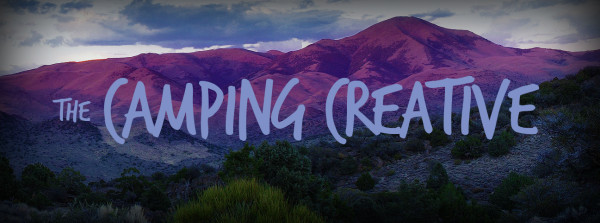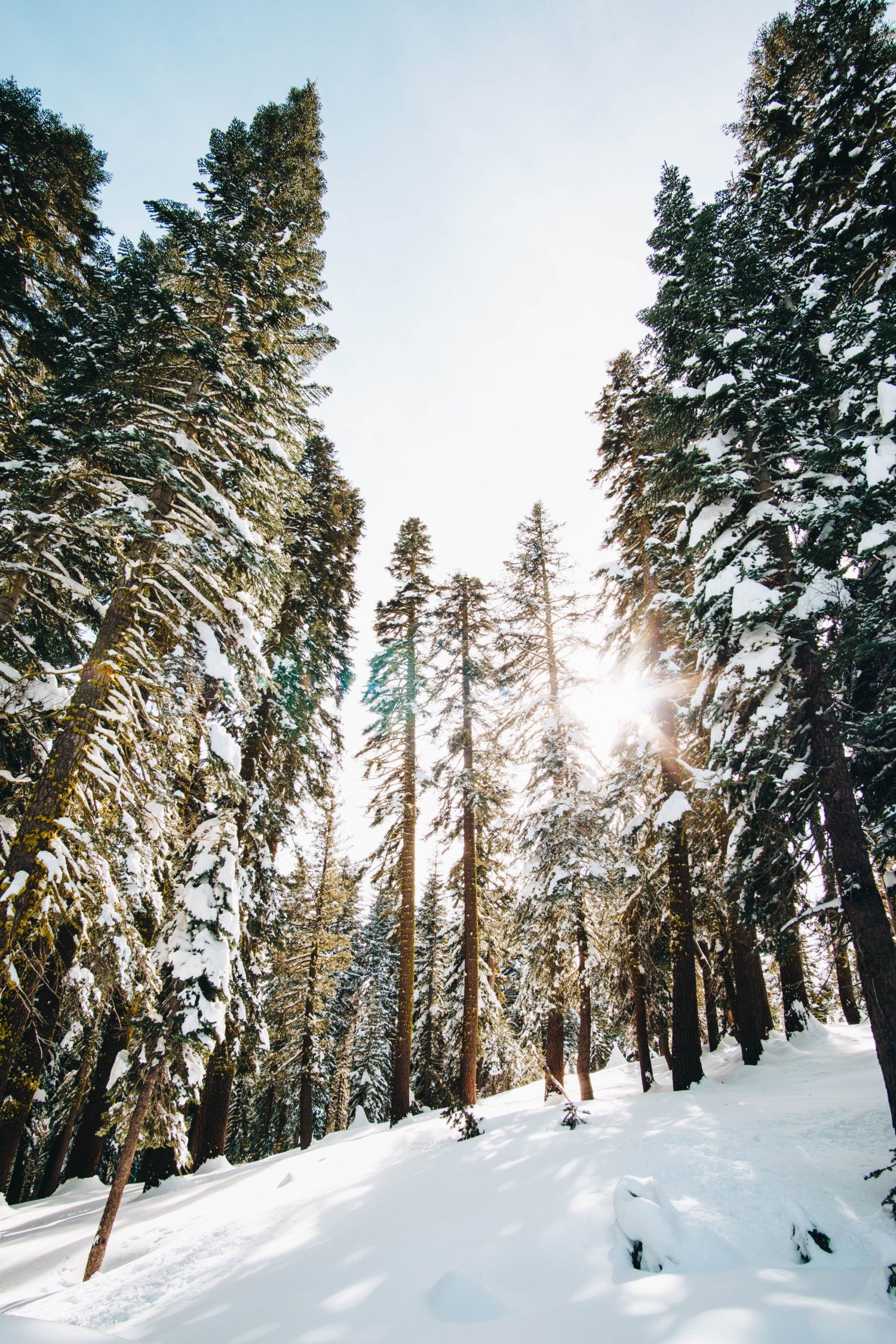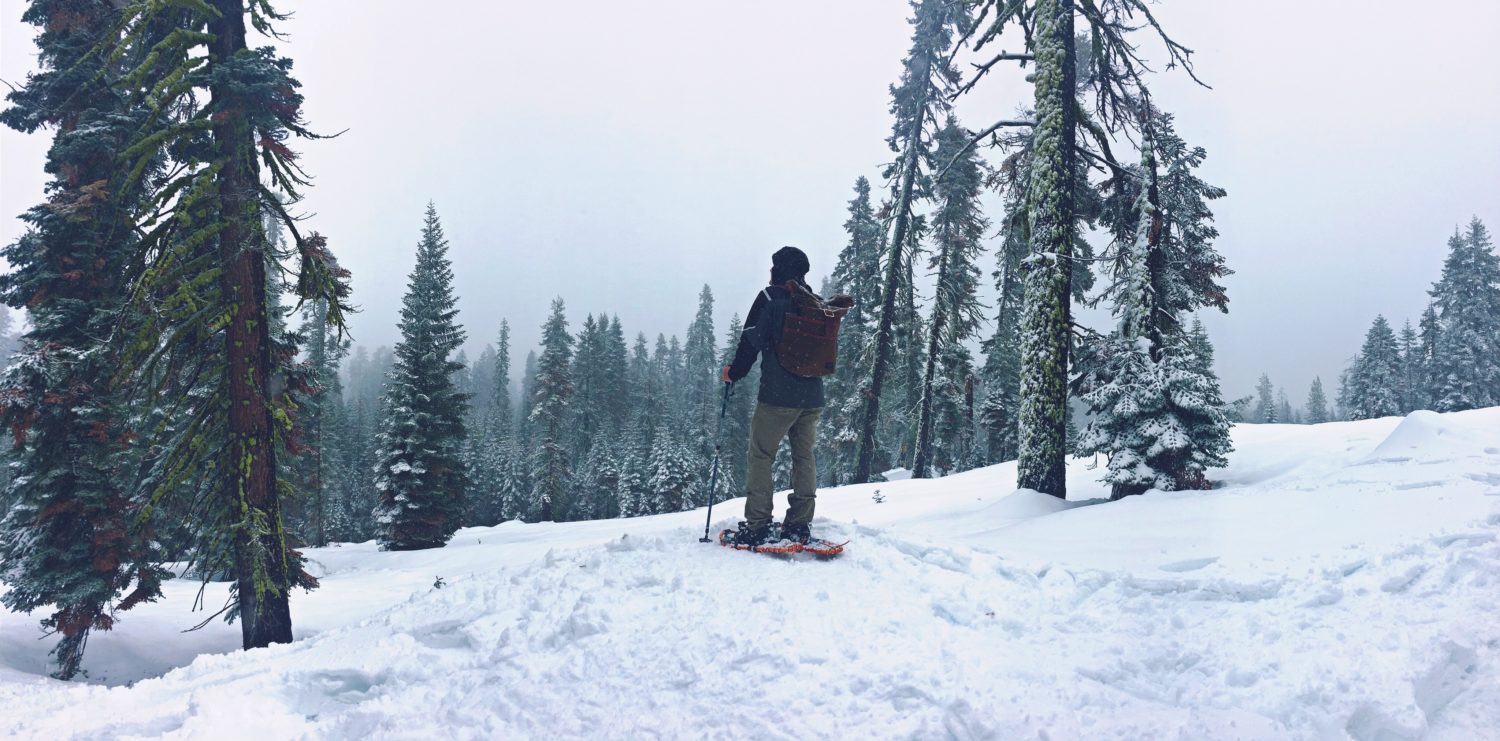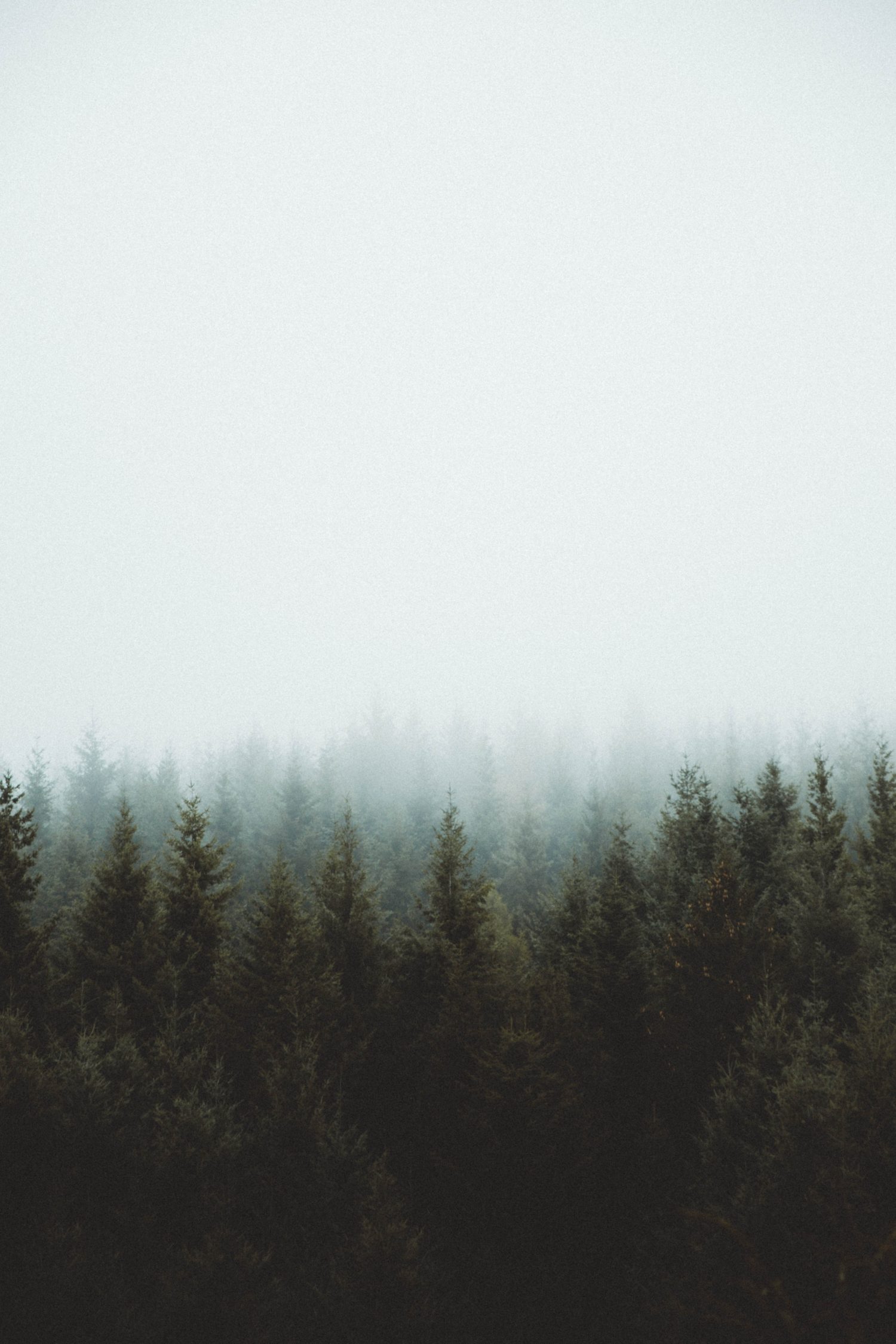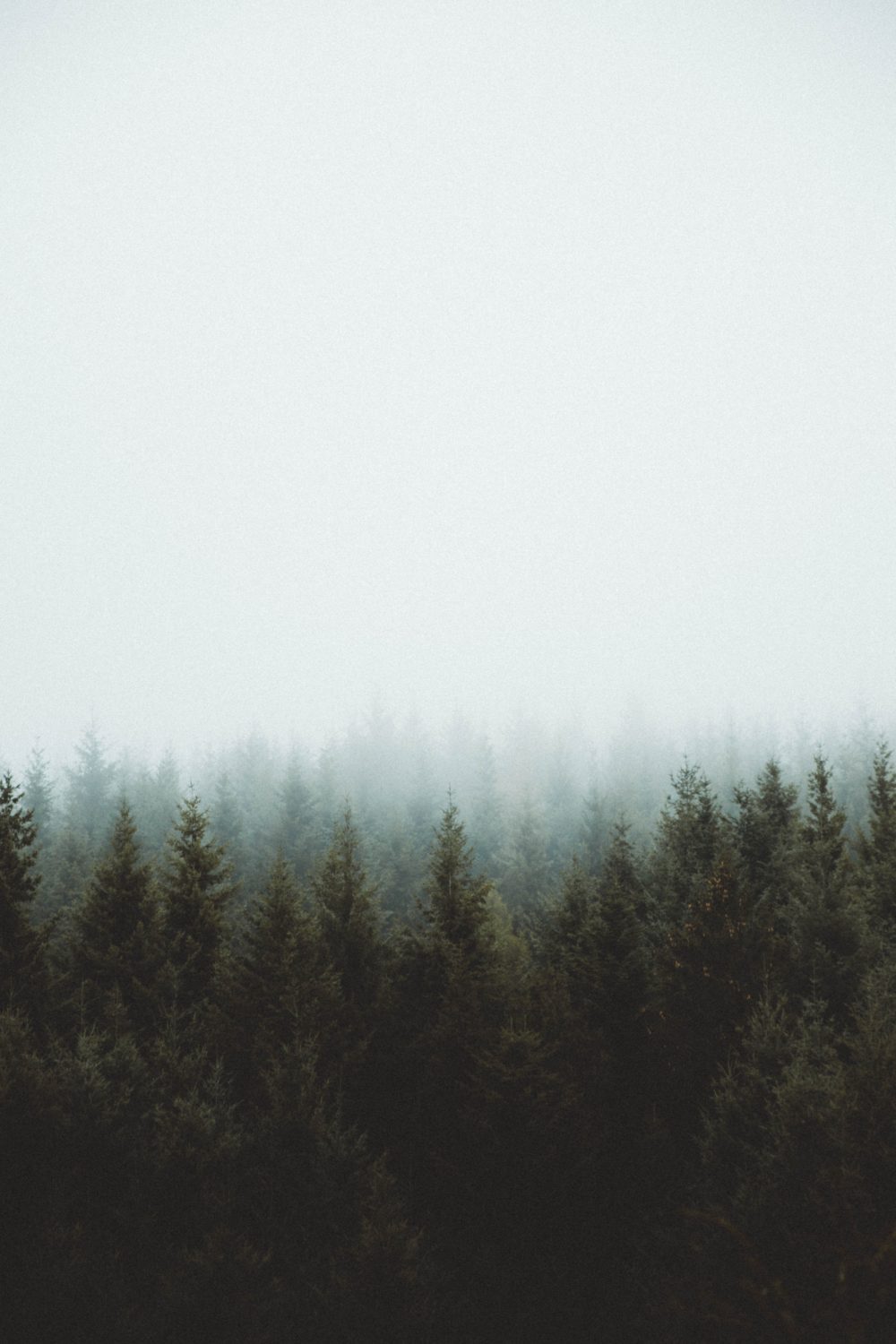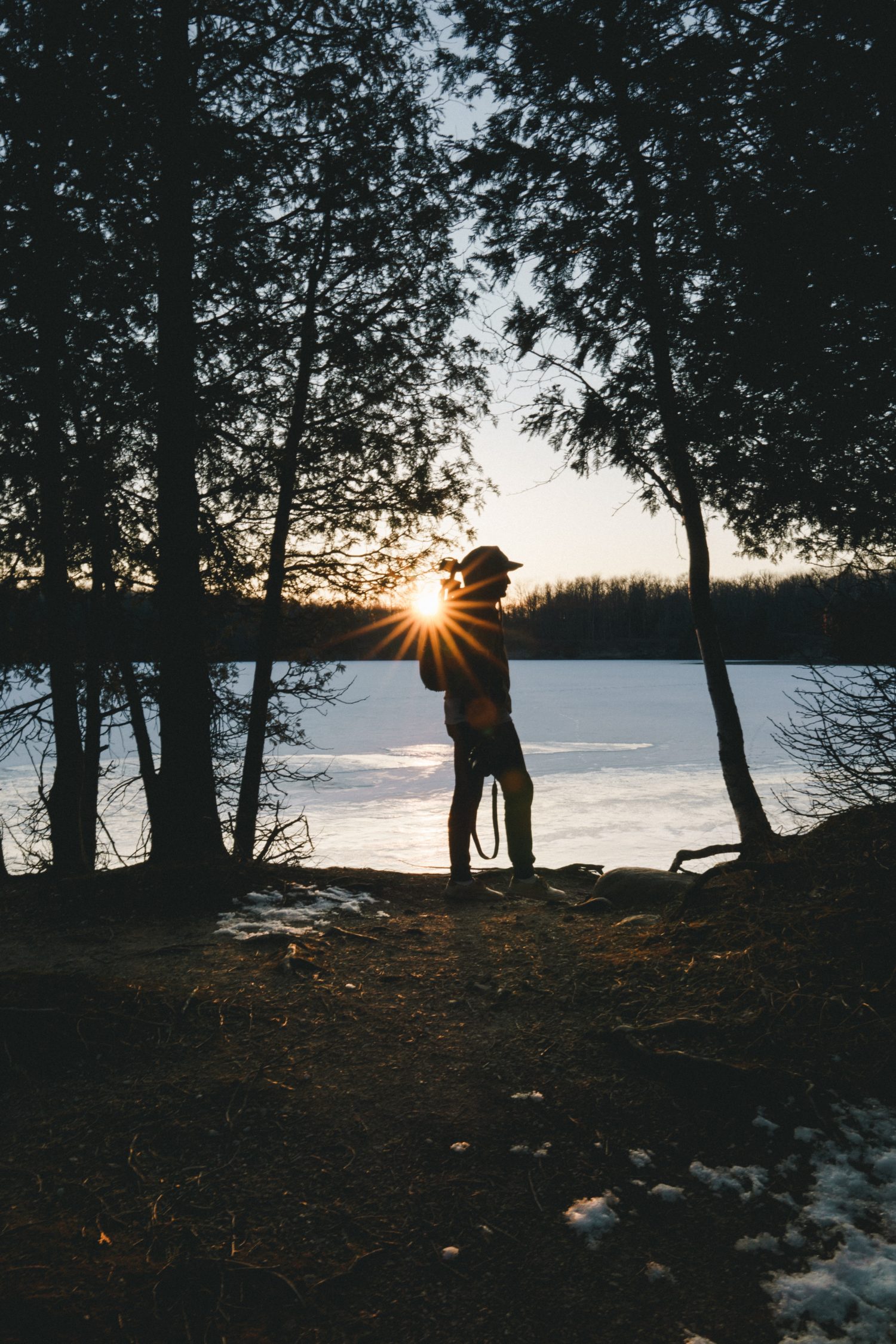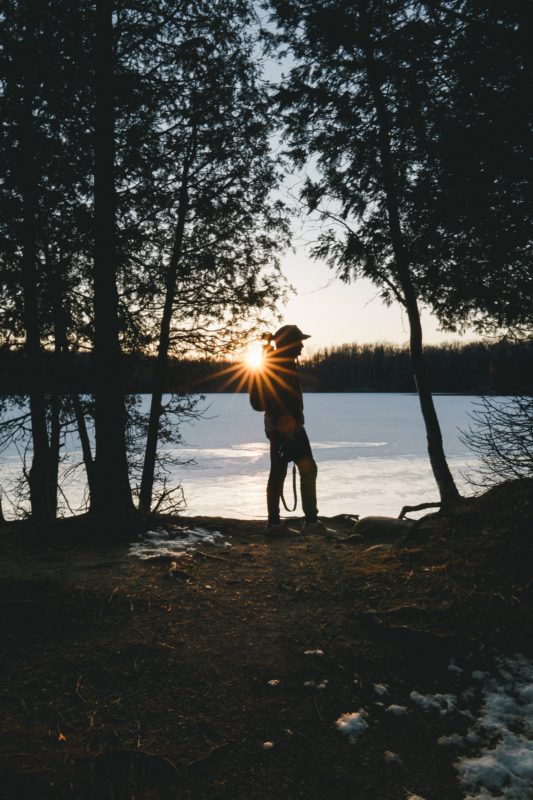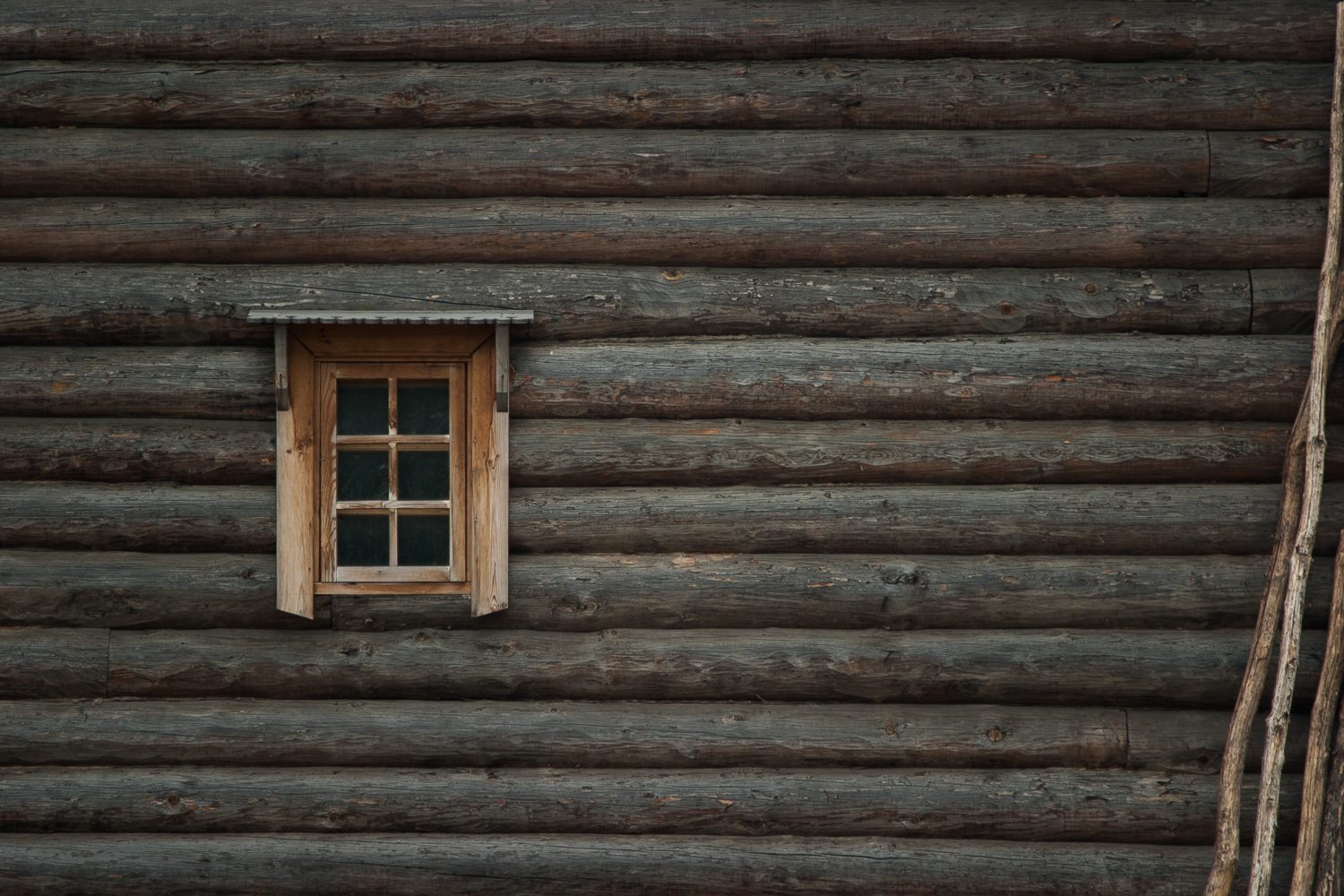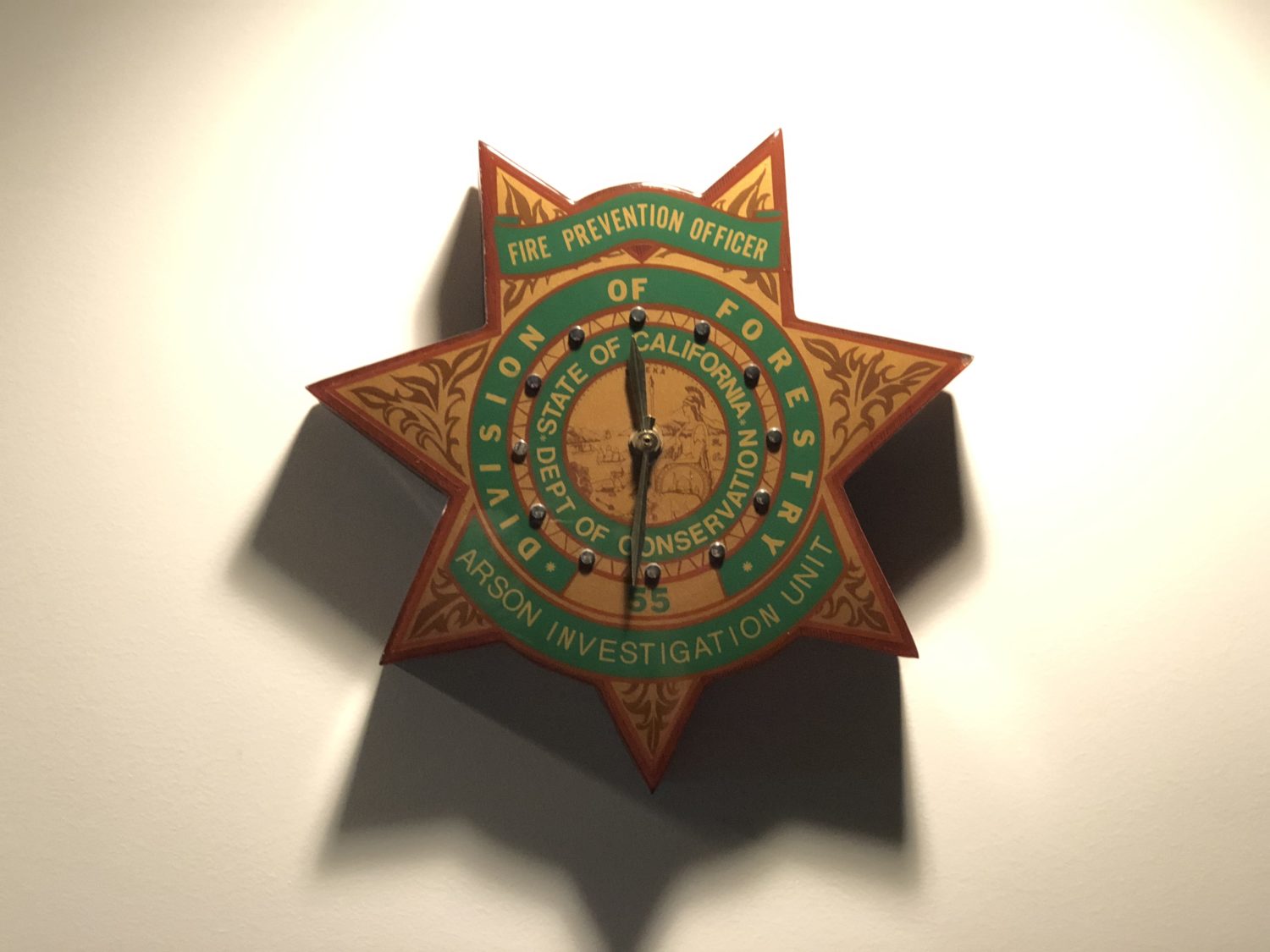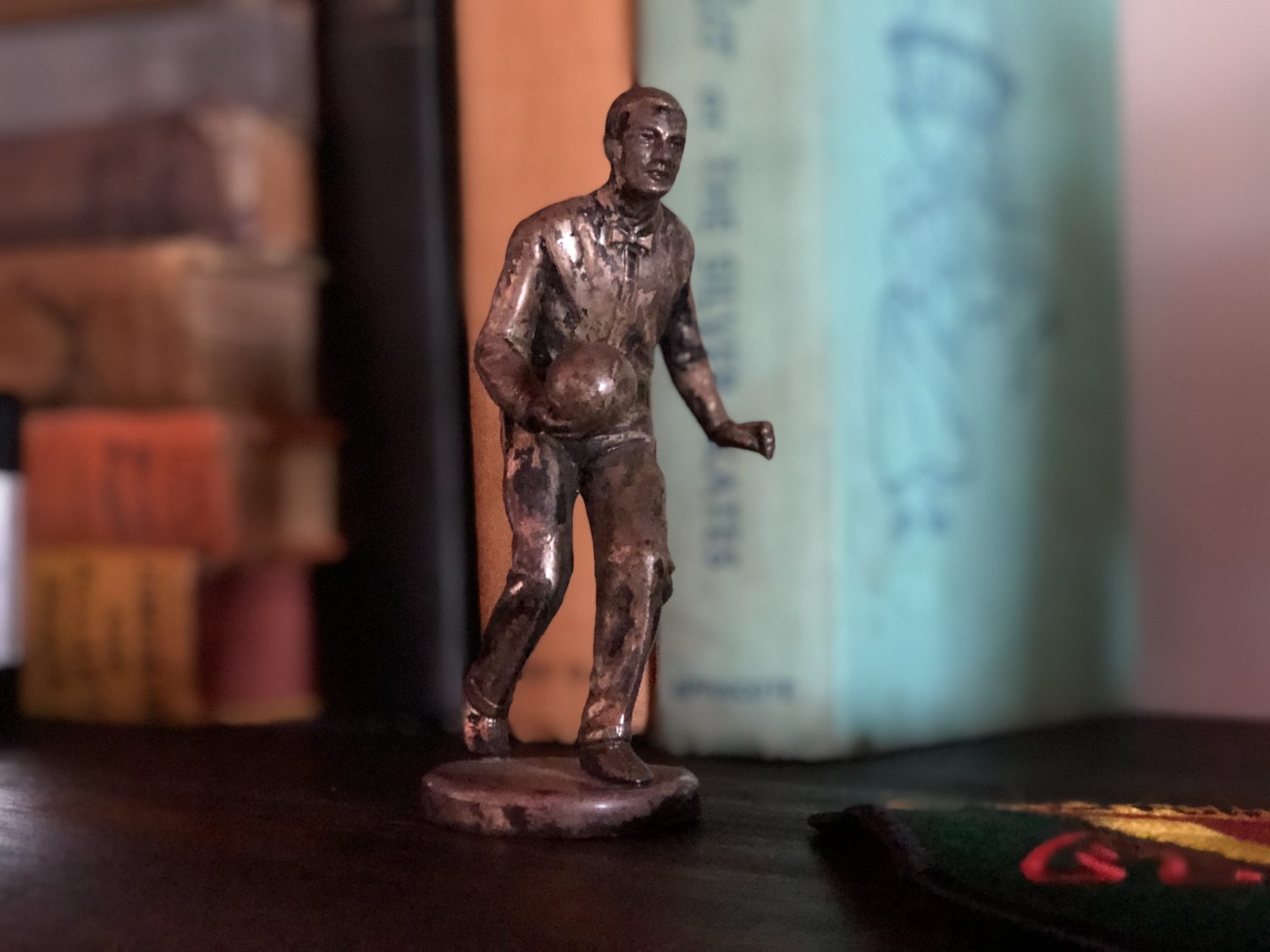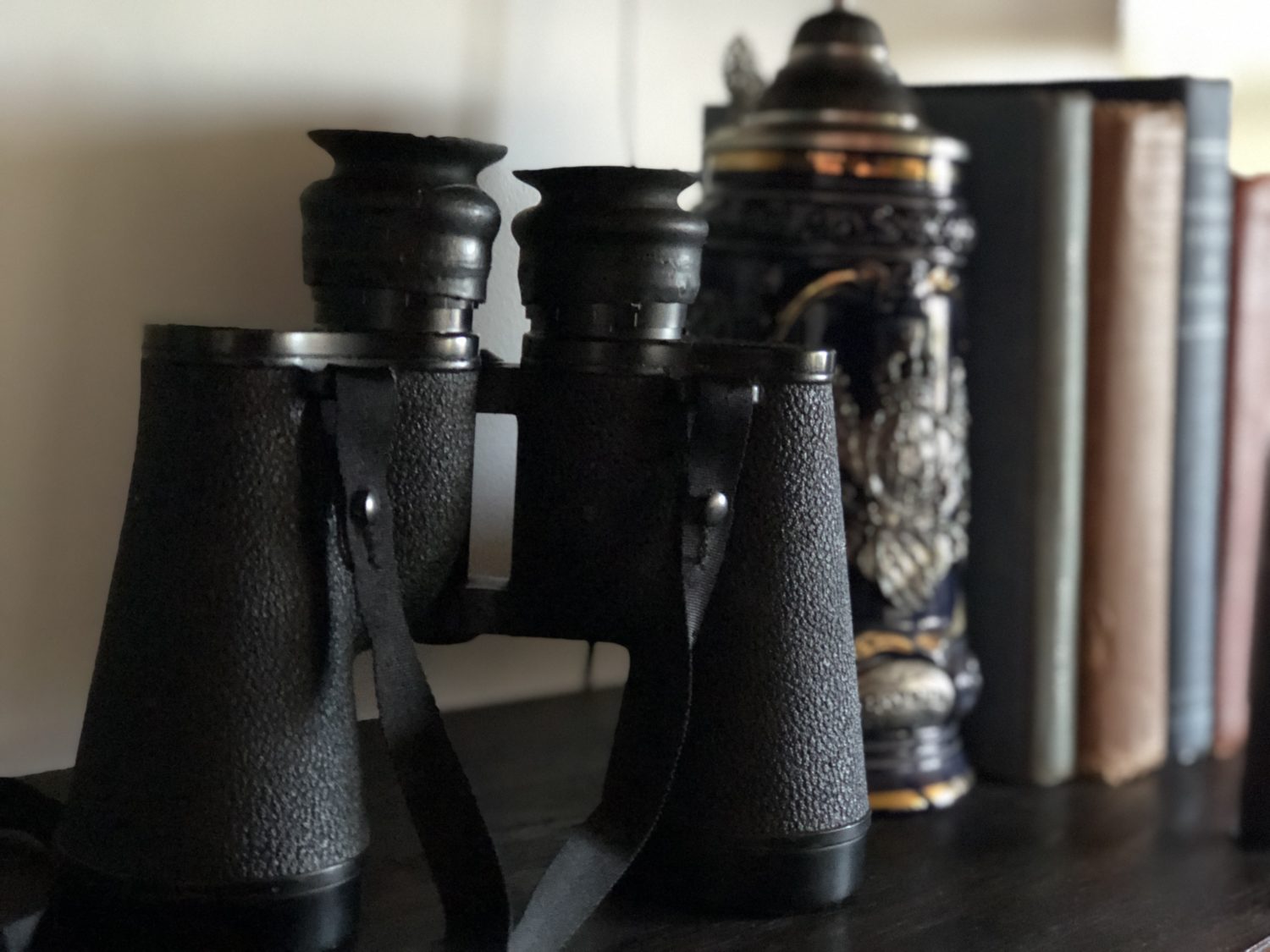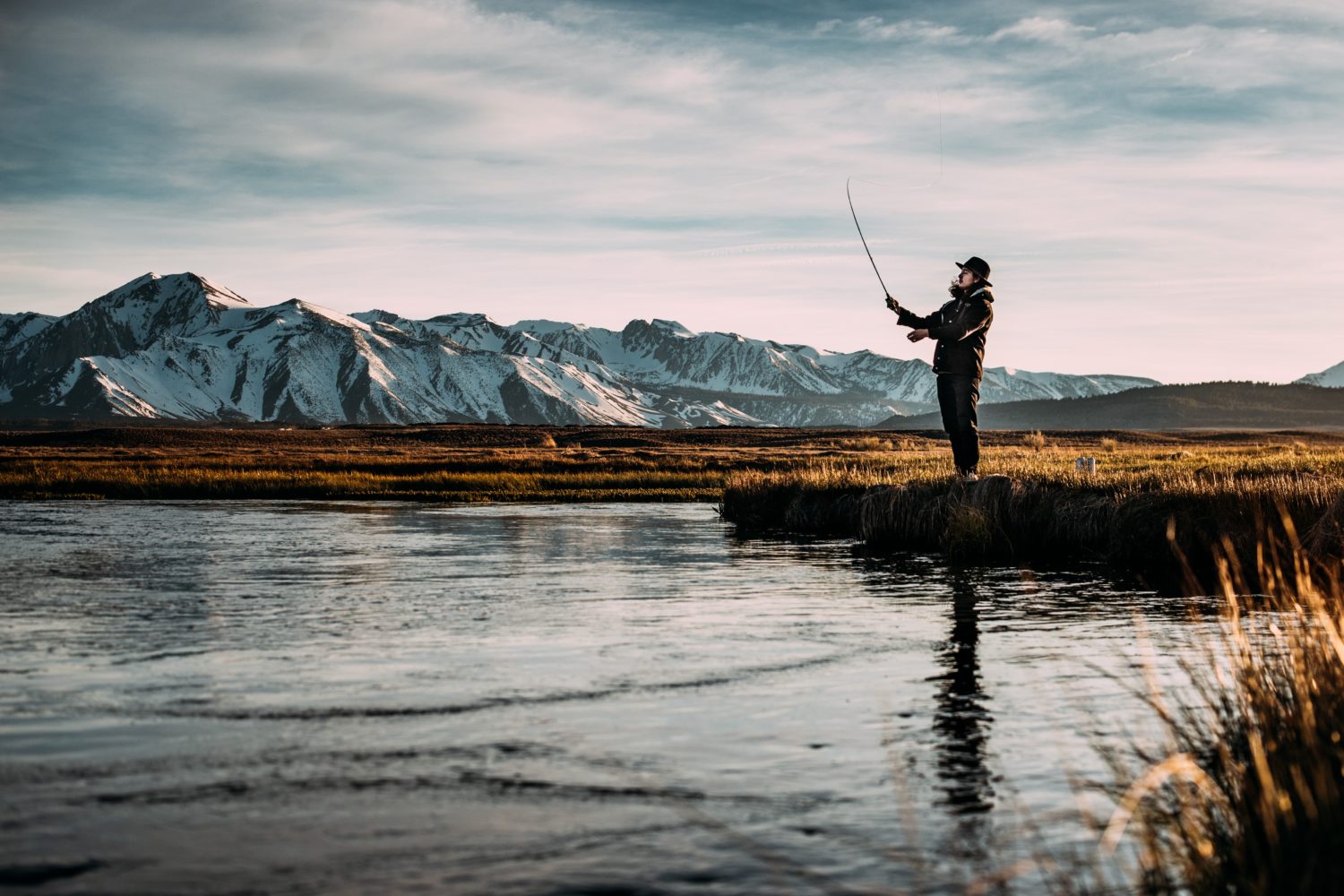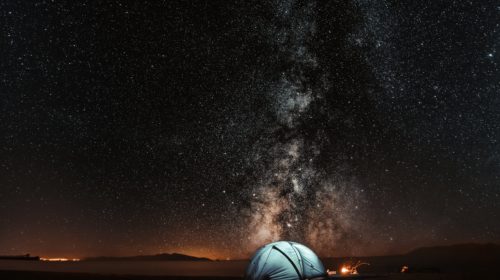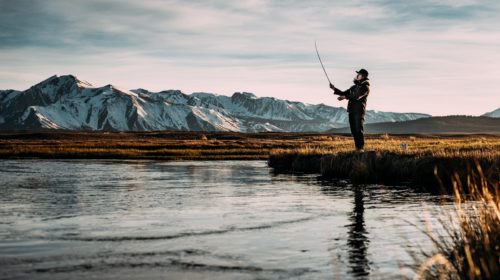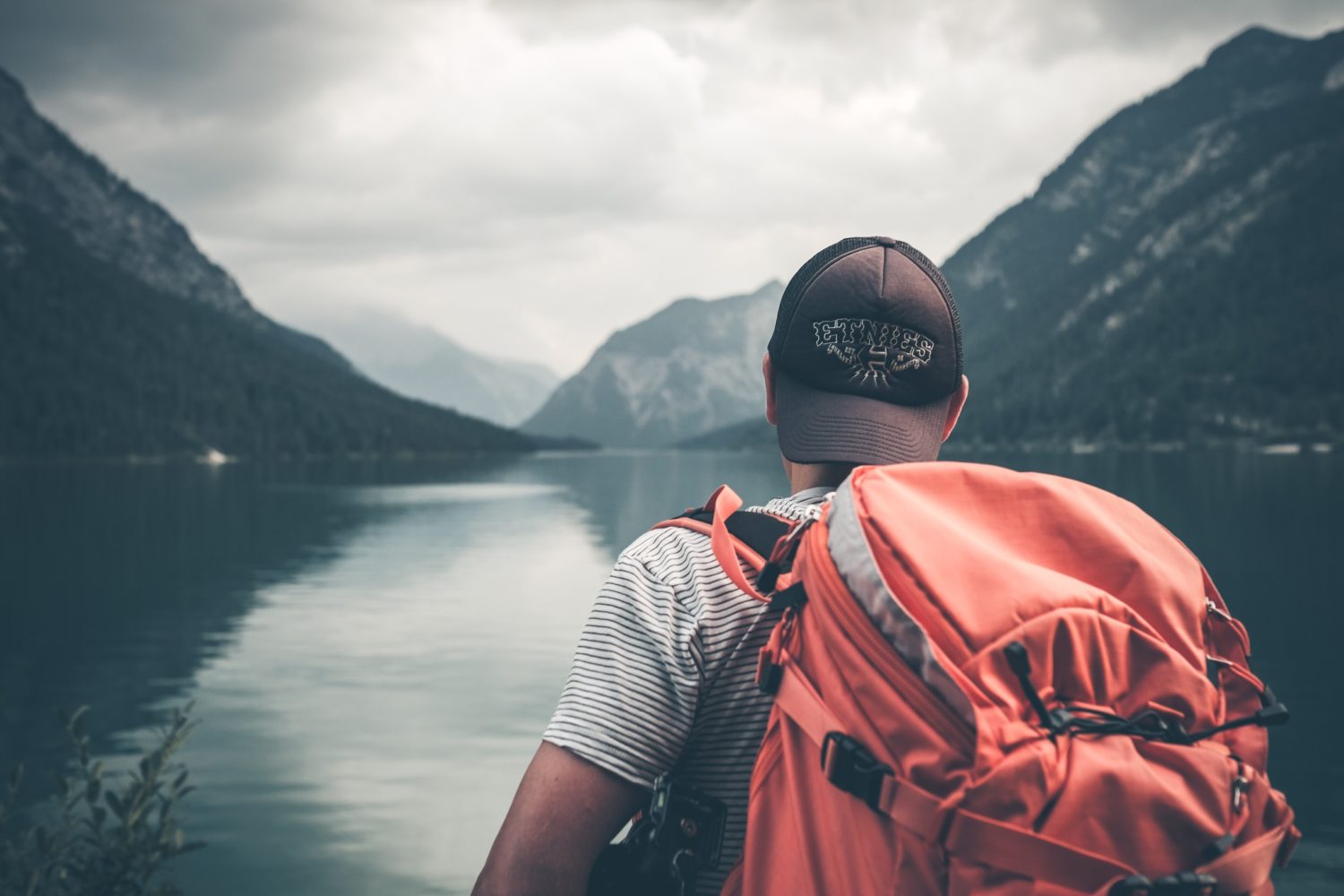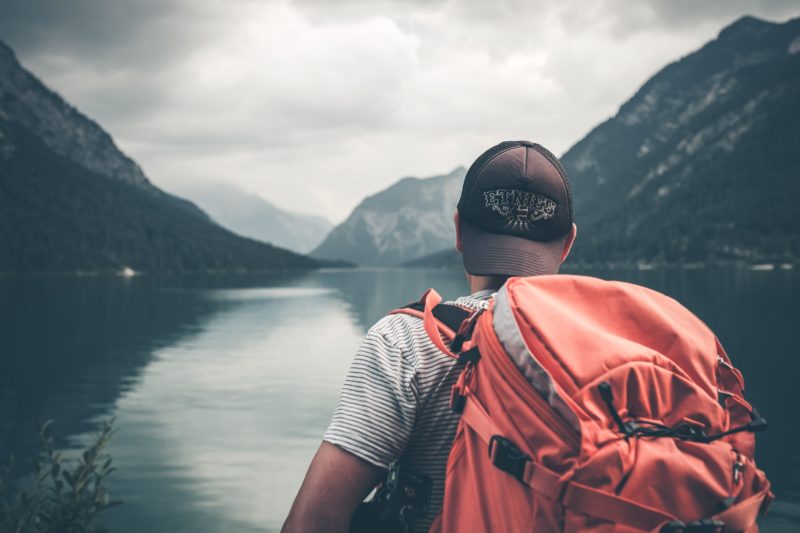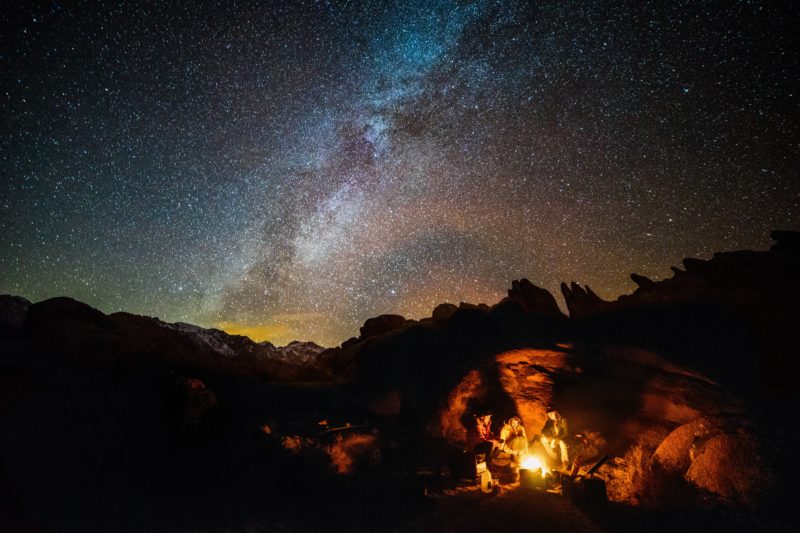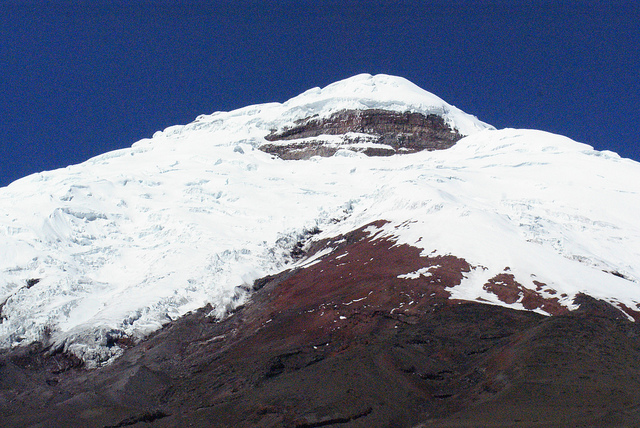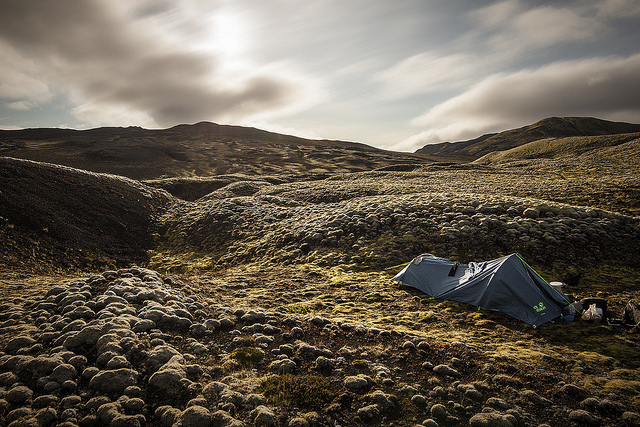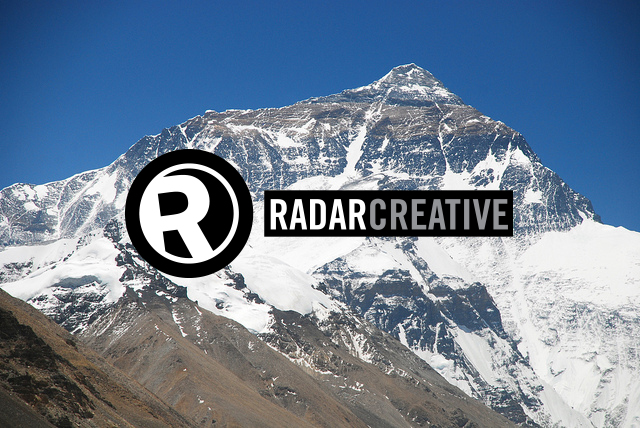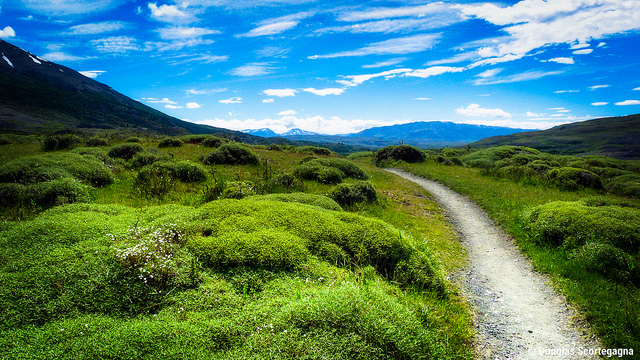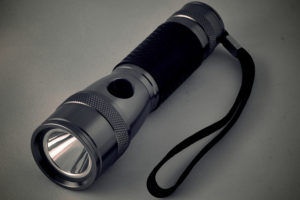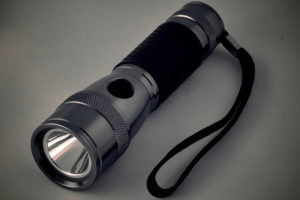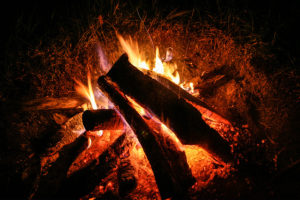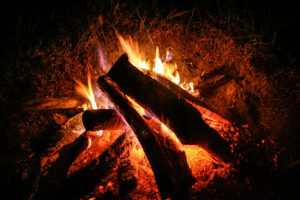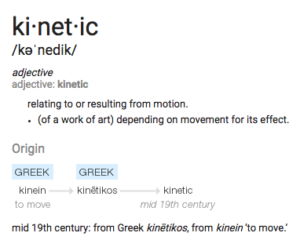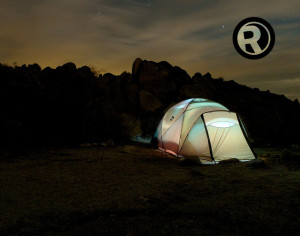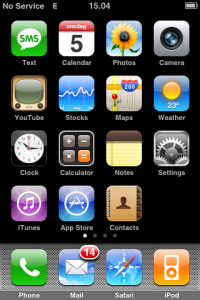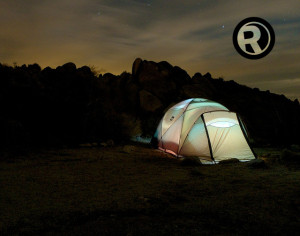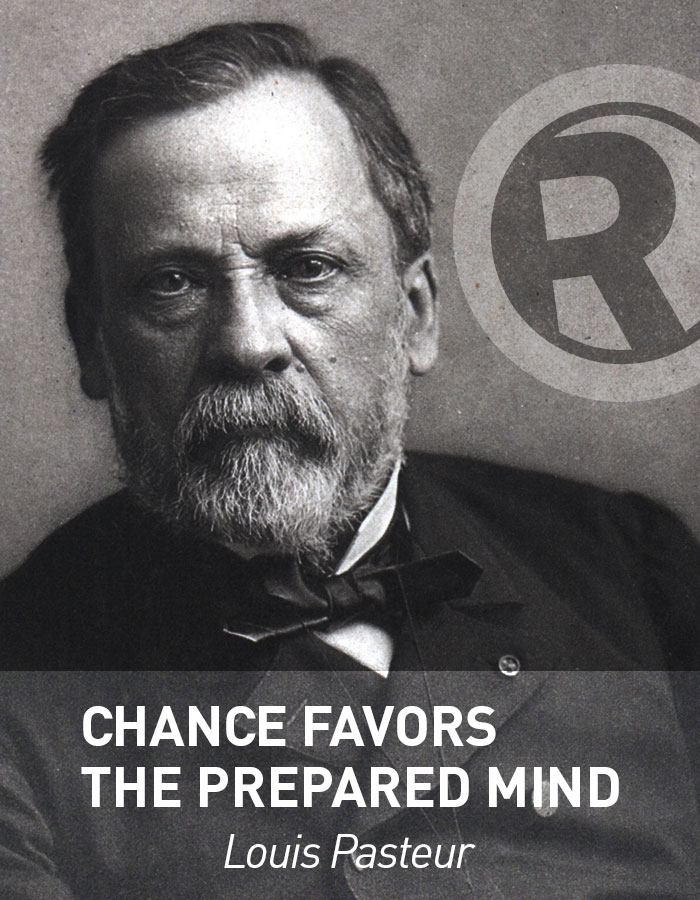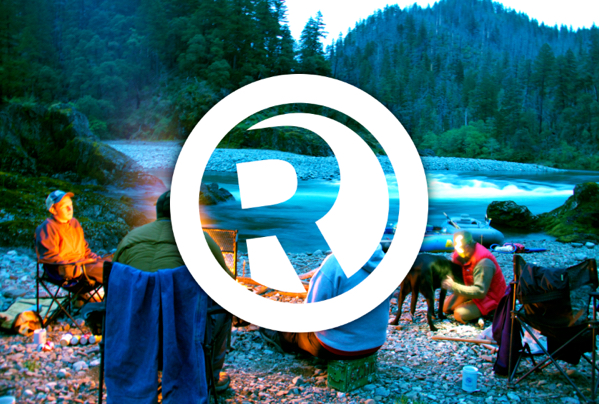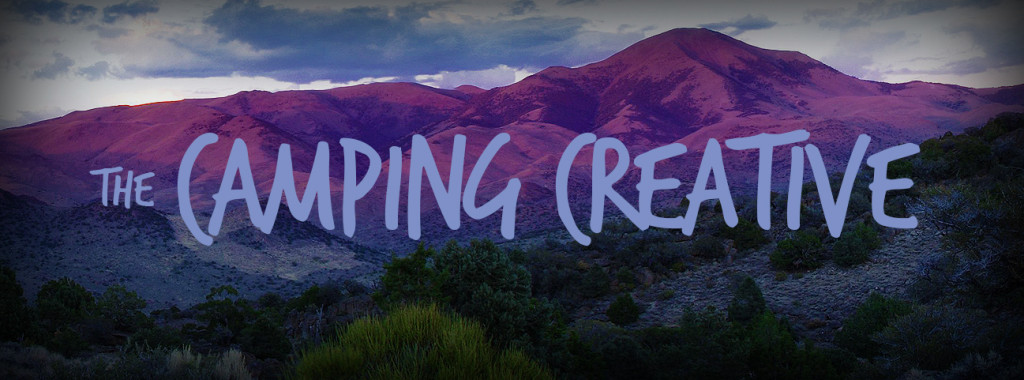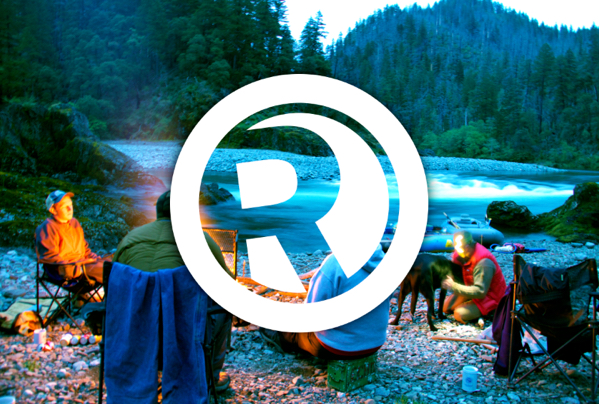Deliberately placing each foot in front of the other, Greg waits between steps and breathes in and out. Mountaineering is not a fast paced activity. On really hard climbs, where the atmosphere is thinner, he spends quite a bit of time focusing on his breathing. It’s hard to believe, but that’s the really hard part. The walking is easy; it’s the breathing at high altitudes that slows you down.
The first time Greg attempted mountaineering, he set the goal of climbing Mt. Cotopaxi outside of Quito, Ecuador. At 19,374 feet, it’s a decent sized volcanic mountain and a lofty sized mountaineering goal. He’d been building his skill as a hiker and backpacker for many years and now he was ready for a goal that would truly challenge him: Mt. Cotopaxi.
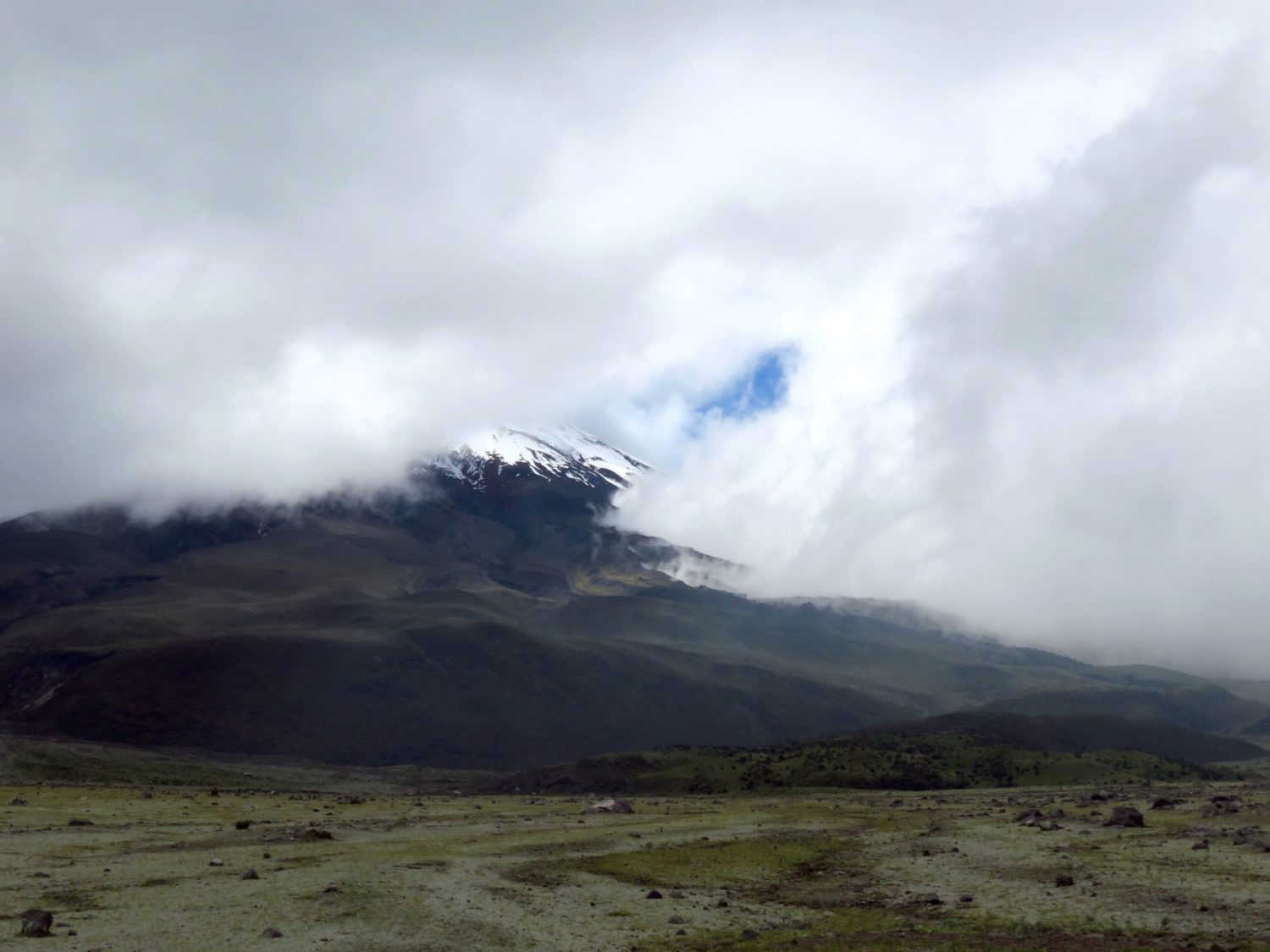
When preparing for a mountaineering expedition, there are many variants to consider. In the Dreaming of Everest post, we reflected on the collaborative role the Sherpa plays in helping people to reach the mountain top. Likewise on this trail, Greg contracted a guide to help him plan and complete his ascent. So with all the elements in place: guide, equipment, and a clear path, he set out to conquer Cotopaxi in the early morning darkness.
Climbing a mountain can fill you with such joy and accomplishment. The energy and effort required to summit a mountain is great. But greater still is the reward, the rush of endorphins, and the sense of achievement. The reward of reaching a mountain top, no matter the size, is the vista that spread out before your eyes when you reach your goal.
That’s why at Radar, we value setting the bar so high, every time. There’s nothing like the joy of dreaming big and then seeing it come to life, particularly when the mountain has been scaled.
For example, in Radar’s recent project with Universal Studies, we managed to squeeze over 100 interviews into 3 days in order to keep the budget manageable. Prior to that, for the Houston Museum of Natural Science, Radar joined RabCup and Green Hippo as a team of 30 to create an incredible 80 foot horizontal projection-mapped experience of the city of Houston in the Wiess Energy Hall. This project features a 2500 square foot 3-D model of the city, along with a 24-hour time-lapse utilizing 32 projectors and over 4 miles (miles!!) of fiber optic line.
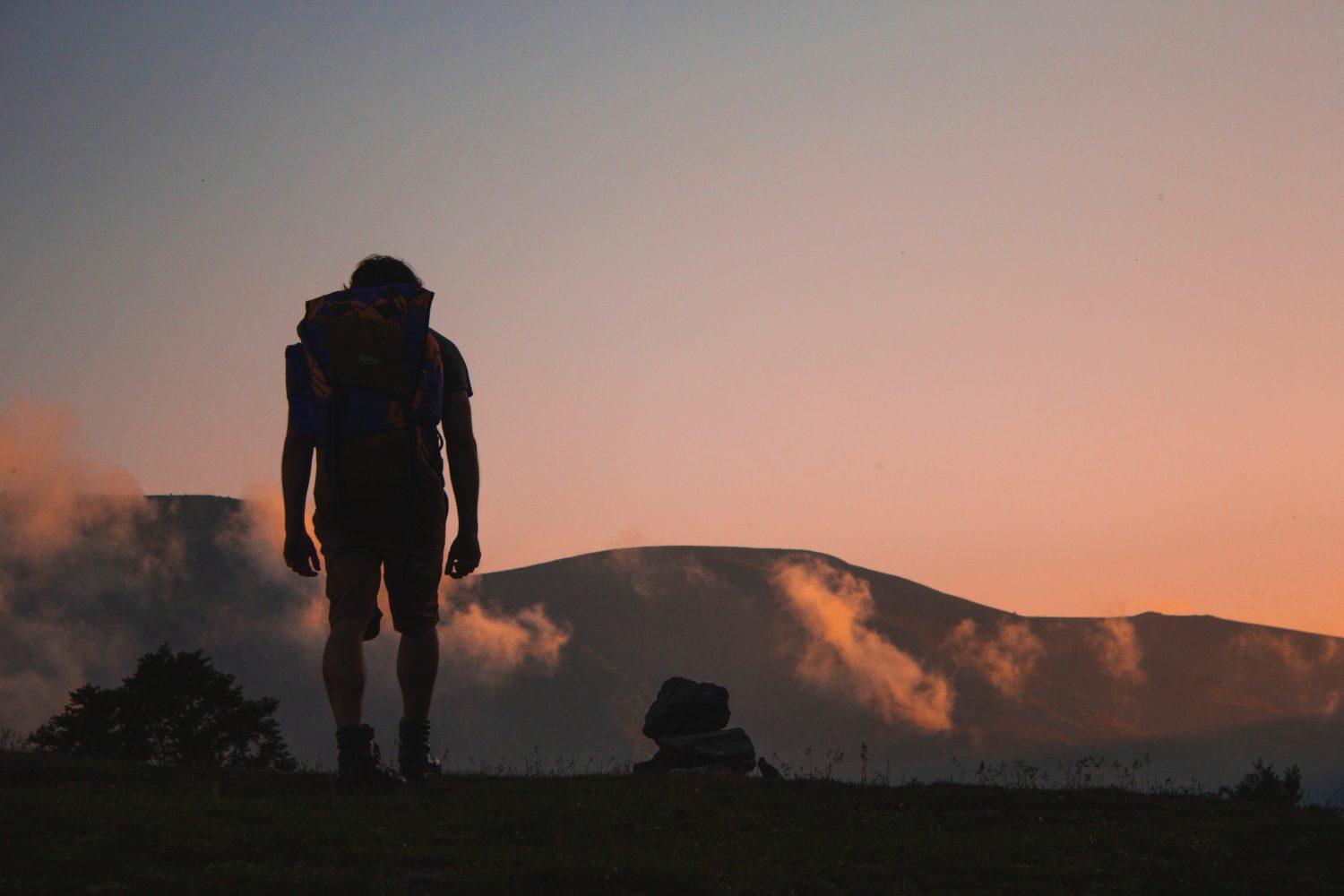
Setting the highest goals is by no means easy, though. Along the way, there are always complications, like the thinning air of high of Mt. Cotopaxi. But the push, the digging deeper it takes to overcome those difficulties makes the victory even sweeter. We’ve seen this time and time again with our clients; with the right strategy and vision, any peak is achievable.
This post is the fiftteenth of a multi-part blog series, “The Camping Creative,” tying together the tent-pegs of camping and creativity. Read the first post here.
